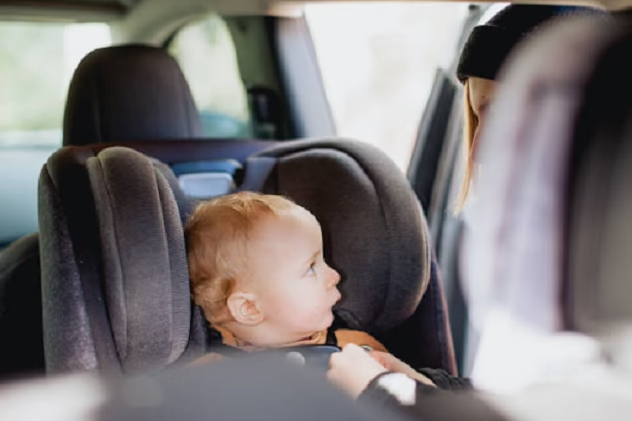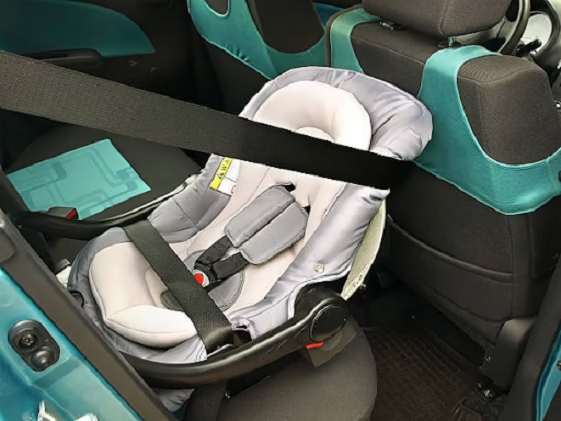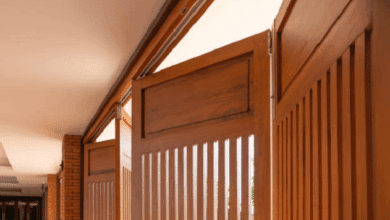Rearward Facing Car Seats: The Ultimate Guardian of Your Child’s Safety

In a world where safety is paramount and technology evolves at lightning speed, one fundamental truth remains unchanged: protecting our children on the road is non-negotiable. Every parent’s top priority is ensuring their little one is cradled in a haven of security, no matter how short or long the journey may be. Enter rearward-facing car seats—the gold standard in vehicular child safety and an indispensable tool for safeguarding our most precious passengers.
The Science of Safety: Why Rearward Facing is the Smartest Choice
While forward-facing seats might seem like a logical transition as children grow, research and real-world crash test results overwhelmingly support the superior protection of rearward-facing car seats. These expertly engineered seats distribute the force of impact across the child’s entire back, significantly reducing the risk of head, neck, and spinal injuries in the event of a collision.
The physics of motion play a pivotal role. In a frontal crash—the most common and severe type—an infant or toddler in a forward-facing seat experiences immense force on their fragile head and neck. However, a rearward-facing seat absorbs and dissipates this energy, preventing the dangerous whiplash effect that could cause life-altering injuries. It’s a game-changing difference, one that could mean the distinction between minor bruises and catastrophic trauma.
Age and Weight Guidelines: How Long Should a Child Remain Rearward Facing?
Many parents believe that once a child turns one, they’re ready for a forward-facing seat. This outdated notion has been debunked by pediatricians, safety experts, and global regulatory bodies. The American Academy of Pediatrics (AAP) and European safety organizations recommend that children remain rear-facing at least until the age of two, with the ideal scenario extending until four years old or even beyond, depending on weight and height limits set by the seat’s manufacturer.
Modern extended rear-facing seats accommodate toddlers up to 50 pounds or more, meaning there’s no rush to make the switch. The longer a child stays in this position, the better protected they are against impact forces that their still-developing bodies are not yet equipped to handle.
Myths vs. Facts: Debunking Common Misconceptions
Despite overwhelming evidence, myths surrounding rearward-facing car seats persist. Let’s set the record straight:
- “My child’s legs will be cramped.”
- False. Children are naturally flexible and often sit with their legs crossed or bent without discomfort. Safety always trumps convenience.
- “They won’t be able to see anything.”
- Also false. Many rear-facing seats are designed with elevated bases, allowing children to look out the window while staying protected.
- “It’s harder to get them in and out.”
- Not necessarily. With a well-designed seat and proper installation, securing your child can be just as easy as in a forward-facing model.
Choosing the Right Rearward-Facing Seat: Key Features to Consider
Not all car seats are created equal. When selecting the perfect rearward-facing option, prioritize the following features:
- Extended Weight and Height Limits – Opt for models that allow for rear-facing positioning as long as possible.
- Energy-Absorbing Foam and Side-Impact Protection – Essential for mitigating crash forces and enhancing safety.
- Five-Point Harness System – Ensures optimal restraint and minimizes movement during a collision.
- Ease of Installation – Look for clear indicators, user-friendly latch systems, and ISOFIX compatibility.
- Adjustability – A seat that grows with your child ensures longevity and maximum usability.
Installation Matters: Ensuring Maximum Safety
Even the most sophisticated car seat is only as effective as its installation. A shocking number of parents unknowingly install their seats incorrectly, significantly reducing their protective capabilities. Follow these essential guidelines:
- Read the Manual – Every car seat model has unique installation procedures that must be meticulously followed.
- Use the Right Anchoring System – Whether utilizing ISOFIX or seatbelt installations, ensure the seat is secured tightly with minimal movement.
- Recline at the Correct Angle – Many seats include angle indicators to ensure an optimal rear-facing position.
- Check Harness Fitment – Straps should be snug, lying flat without twists, and positioned at or just below the shoulders.
- Perform a Wiggle Test – Once installed, give the seat a firm shake at the base. If it moves more than an inch side-to-side, it needs adjustment.
Global Safety Standards: What to Look For
Regulatory bodies worldwide enforce strict guidelines to ensure the highest level of safety. When purchasing a rearward-facing car seat, verify that it meets or exceeds these recognized safety standards:
- FMVSS 213 (United States)
- R129 (i-Size) (Europe)
- AS/NZS 1754 (Australia & New Zealand)
These certifications guarantee rigorous crash testing and compliance with the latest safety innovations.

Why Rearward Facing is a Non-Negotiable Investment
A car seat is more than just another baby product—it is an essential safety device that could save your child’s life. The choice to keep your little one rearward-facing for as long as possible is a decision backed by science, data, and real-world crash testing. No parent ever anticipates a collision, but being prepared is the only way to ensure maximum protection.
With the advancements in rearward-facing car seat technology, there has never been a better time to prioritize safety over convention. It’s not about convenience, aesthetics, or outdated perceptions. It’s about making the safest, smartest choice for your child.
The road ahead is unpredictable, but one thing remains certain—rearward-facing car seats provide the ultimate layer of defense, ensuring that every journey is as secure as possible. Because when it comes to your child’s safety, there is no compromise.





